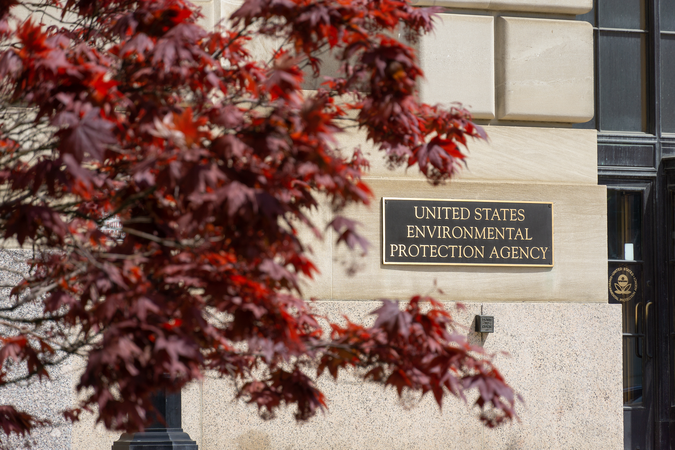Looking at Federal Environmental Regulating Agencies
Through eight analyses, Resources for the Future offers a road map for institutionalizing retrospective analysis as a standard component of regulatory evaluation.
Resources for the Future (RFF) has developed seven analyses addressing key challenges in advancing retrospective analysis of environmental regulations. These efforts focus on three central themes: exploring institutional pathways to expand the use of retrospective analysis, including potential legislative and executive measures; demonstrating its application through new quantitative studies across various US Environmental Protection Agency (EPA) regulatory domains; and evaluating how the EPA incorporates environmental justice considerations into its regulatory assessments. This type of backward-looking study can underline the effects of a given regulation on different communities, regions, and industries and highlight adverse outcomes and conflicts with other federal regulations.
Although much of the current work centers on regulations under the Clean Air Act, interest has been growing in applying retrospective analysis to areas such as the evaluation of toxic substances in drinking water. However, the lack of a mandatory framework has led to inconsistent implementation, often influenced by discretionary priorities and variable academic funding.
Whereas the US Congress previously had viable prospects to mandate a formal program for retrospective analysis, such prospects have diminished more recently. Nevertheless, the authors who contributed to this body of work have examined a range of administrative pathways, from incremental legislative actions to initiatives that could be pursued by the current administration without congressional involvement.
- “Consideration of Environmental Justice in EPA’s Regulatory Analyses: A Review and Assessment,” a working paper that explores the number, accuracy, and impact of environmental justice analyses undertaken during the EPA rulemaking process.
- “A Retrospective Analysis of Heavy-Duty Vehicle Tailpipe Nitrogen Oxides Emissions Standards,” which presents a retrospective analysis of the EPA 2007 regulations targeting nitrogen oxide emissions from heavy-duty vehicles.
- “Geographic Resolution in Environmental Policy: EPA’s Shift from Regions to Counties Under the Clean Air Act,” which analyzes how EPA’s definition of nonattainment status under the Clean Air Act affects measurements of regulatory stringency and the implications for policy design in terms of determining the appropriate geographic level of regulating air pollution.
- “What Are the Effects of Early-Childhood Exposure to Environmental Lead on Personality?,” which examines whether lead exposure itself leads to personality change, as previous studies suggest, taking into account various other factors.
- “Congress’s Role in Promoting Environmental Policy Evaluation,” which identifies a set of 10 interrelated barriers that have inhibited the development of a robust practice of evaluating environmental policy at federal agencies based on a series of interviews with senior government officials with decades of experience in environmental policymaking.
- “Are “Killer Trees” Helpful for Understanding the Effects of the NOx Budget Program?,” which evaluates how the effectiveness of the NOx Budget Trading Program in reducing secondary pollutants depends on local atmospheric conditions, providing options for designing air quality policies that account for interactions between pollutants and environmental factors.
- “Administrative Initiatives to Advance Retrospective Analysis,” which outlines executive actions that a new administration could take to advance retrospective analysis, including several approaches to initiate specific retrospective projects at select regulatory agencies.
- “Impacts of the US Safe Drinking Water Act Arsenic Rule on Arsenic Occurrence,” which provides the first retrospective analysis of the causal impacts of the 2001 US Safe Drinking Water Act (SDWA) Arsenic Rule on arsenic occurrence in public drinking water systems.
Related
The RFF project to promote retrospective analysis of environmental regulations adds to a growing effort to introduce greater rigor and accountability in the federal regulatory process.
At an RFF webinar in February 2025, these papers were presented, featuring researchers as they examined a variety of rules affecting major industrial sectors and proposed possible arrangements to more consistently embed retrospective analysis within federal agencies’ standard practice.































